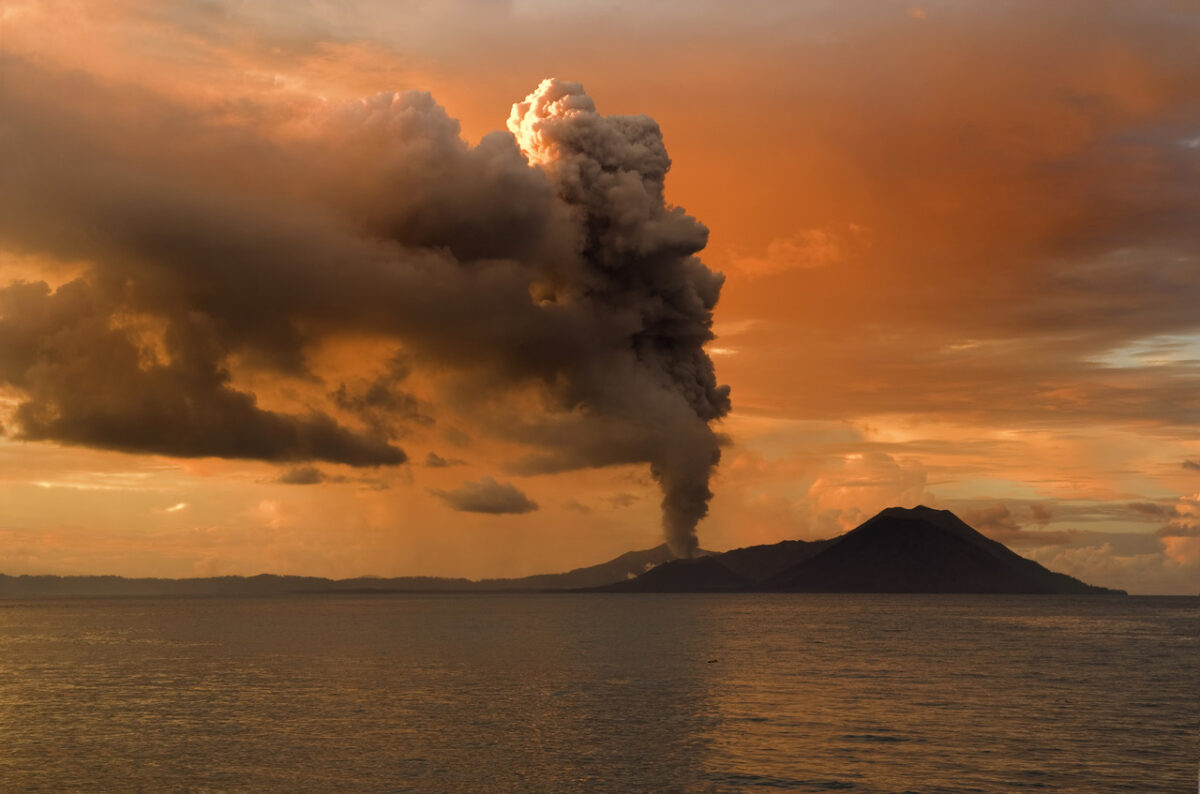Dinosaurs are the rock stars of the fossil world. Transcending the world of science to be embraced by popular culture. Films, comics, documentaries, t shirts and toys – dinosaurs are everywhere. But, even amongst them, there are a select group of iconic dinosaurs that have stuck in the public’s imagination. Which ones, and why?
If everyone made a list of their five favourite dinosaurs, there would be a lot of repetition. Tyrannosaurus, of course. Triceratops. Stegosaurus. Brachiosaurus? Maybe Velociraptor and Spinosaurus. A couple of decades ago, the list would probably be a little different. When I was growing up, every set of dinosaur toys would have a T. rex, a Triceratops, a Diplodocus, a Stegosaurus and maybe an Iguanodon or a Brontosaurus. This last one got made scientifically extinct a while ago when it was realized there had been a misidentification; poor Bronto was just an Apatosaurus and the name was formally dropped. That all changed in 2015 when it was reinstated with some more recent finds. The damage has been done, though, and Bronotosaurus has been dropped from our list of heroes.
On the other hand, Spinosaurus and Velociraptor are relative newcomers. Velociraptor was the star of Jurassic Park – bulked up and defeathered by the film-makers, they terrified a new generation of dino-lovers and tore their way through our ribcages into our hearts. Spinosaurus, while also appearing in the Jurassic Park movies, is the most widely available commercial dinosaur tooth. It’s pretty easy to buy a nice example of a Spino tooth, and I think this has significantly boosted its popularity over the past 20 years. Tyrannosaurus rex holds the position it has always held. As its name proudly tells us, it’s the king. I mentioned the two newcomers above, but most of the reason behind our list of dinosaur elite is how long they’ve been known to us. Today, with new techniques available to paleontology, and a spread of the science to the developing world, new dinosaur species are discovered at an astonishing rate, but it wasn’t long ago new finds seemed few and far between. This means it’s hard for a new find to stick out from the crowd, and that’s partly why the first dinosaurs to be named have a bit of an edge. They’ve had years to build their reputations and endear themselves to us before the hordes appeared.
Tyrannosaurus was found in 1900, but described five years later, with a bit of fanfare. Here was an enormous, horrifying beast, a monster that immediately and perfectly represented all we imagine when we think of carnivorous dinosaurs. And the name… perfect. So many scientific names are awkward and difficult to pronounce. Tyrannosaurus rex is a joy to say.
Triceratops is another dino-darling, born of the Bone Wars or Marsh and Cope, in 1889. Although there are now a lot of ceratopsians known, and Trike was far from the first found, lots of them were uncovered, and many in good shape. Museum fodder. The distinctive beaked, horned and frilled head quickly lodged itself in dinosaur artwork and museum displays across the world. There are a few reasons our list of favourites formed in the first place, and evolved in recent years. Get in there early and make a big impression. Have a cool name. Be big. Be scary. Be pointy. Be well-preserved and on display. But more important nowadays – be in movies.


